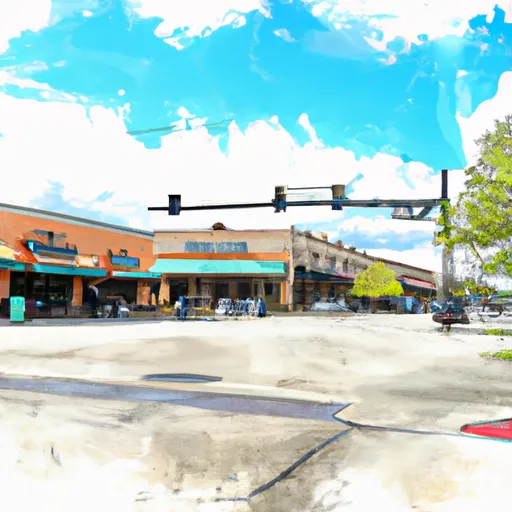°F
°F
mph
Windspeed
%
Humidity











Metairie is a suburban area located in Jefferson Parish, Louisiana. It has a humid subtropical climate, characterized by hot and humid summers and mild winters. Summers in Metairie can be quite hot, with average temperatures ranging from the mid-80s to mid-90s Fahrenheit (29-35 degrees Celsius), while winters are mild with average temperatures ranging from the mid-50s to mid-60s Fahrenheit (12-18 degrees Celsius). The area receives a significant amount of rainfall throughout the year, with the wettest months typically being May and June.
Metairie is situated near Lake Pontchartrain, which serves as a hydrological feature of the region. The lake offers various recreational opportunities such as fishing, boating, and kayaking. Additionally, Metairie has several parks and green spaces, including Lafreniere Park, which offers walking trails, picnic areas, and a splash park.
Overall, Metairie provides a pleasant climate for outdoor activities, with ample opportunities to enjoy the waterways and natural beauty of the region.
Weather Forecast
Metairie receives approximately 1606mm of rain per year, with humidity levels near 87% and air temperatures averaging around 21°C. Metairie has a plant hardyness factor of 9, meaning plants and agriculture in this region tend to thrive here all year round.
Regional Streamflow Levels
14,900
Cubic Feet Per Second
146
Cubic Feet Per Second
9,870
Cubic Feet Per Second
154
Cubic Feet Per Second
Nearby Camping
| Camping Area | Reservations | Toilets | Showers |
|---|---|---|---|
| Lake Lincoln State Park | |||
| Fairview Riverside State Park | |||
| Timberlake - Ross Barnett Reservoir | |||
| Bayou Segnette State Park | |||
| Lefleurs Bluff State Park | |||
| Bogue Chitto Water Park |



